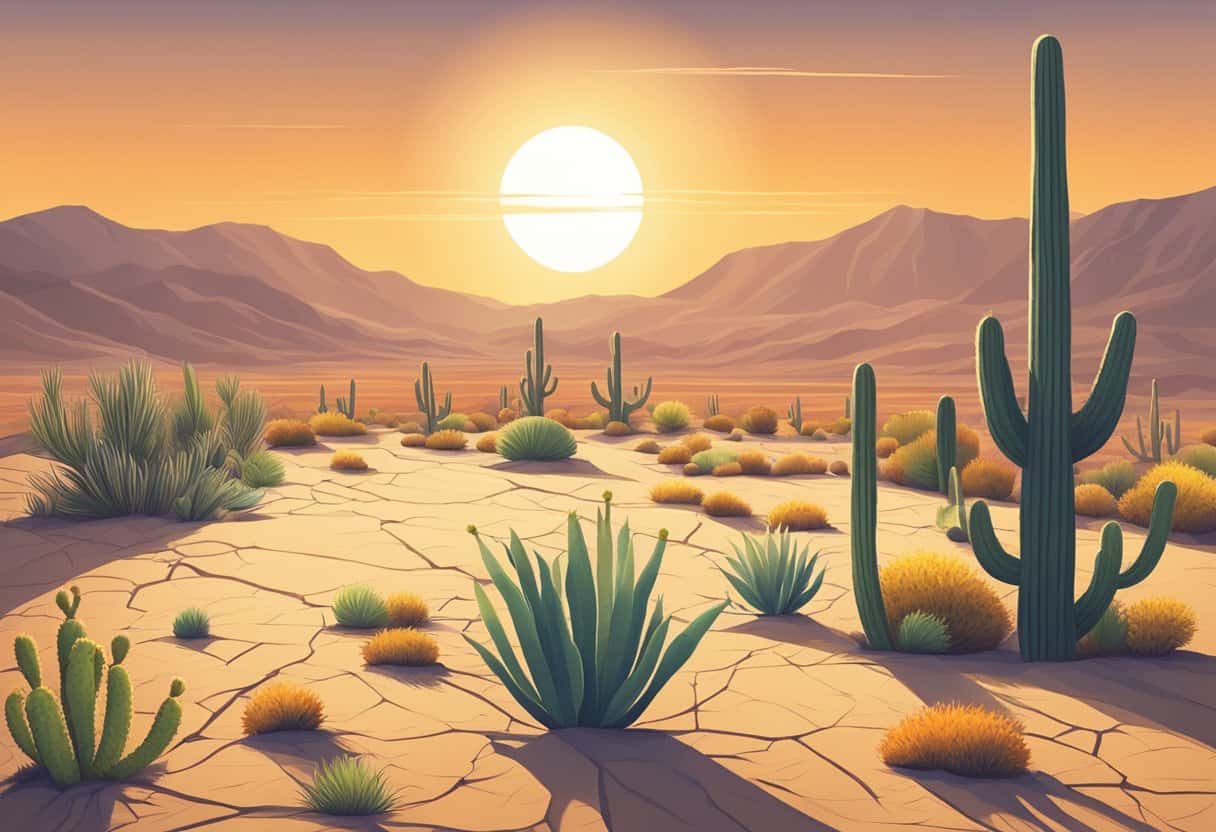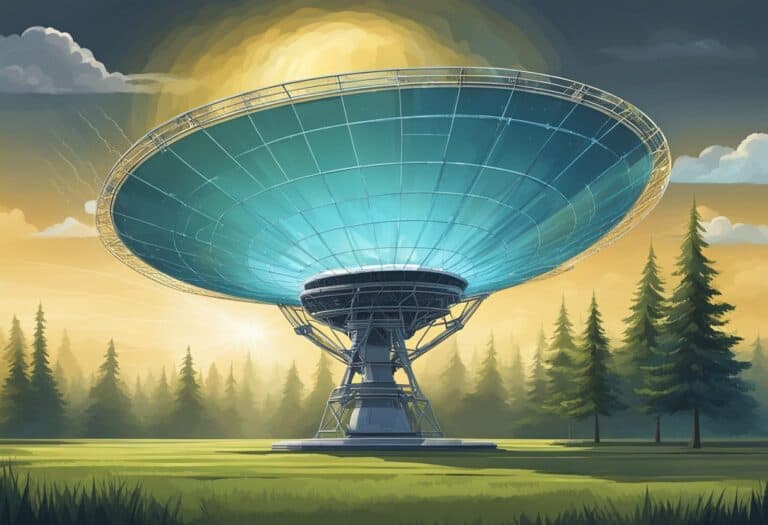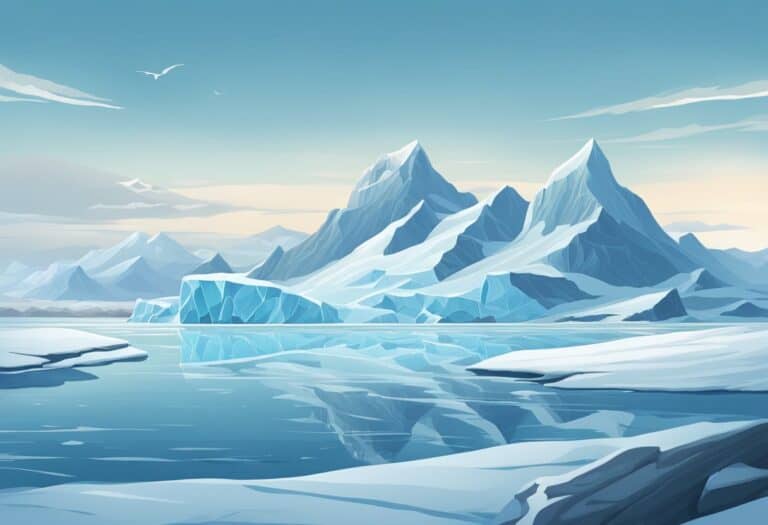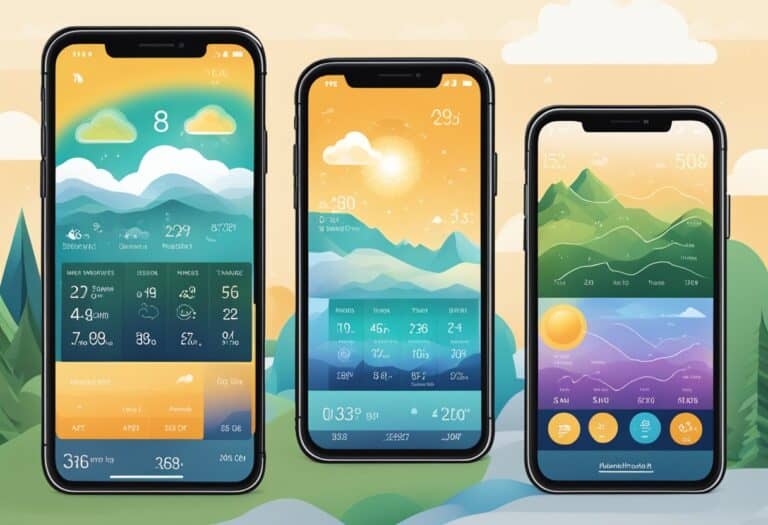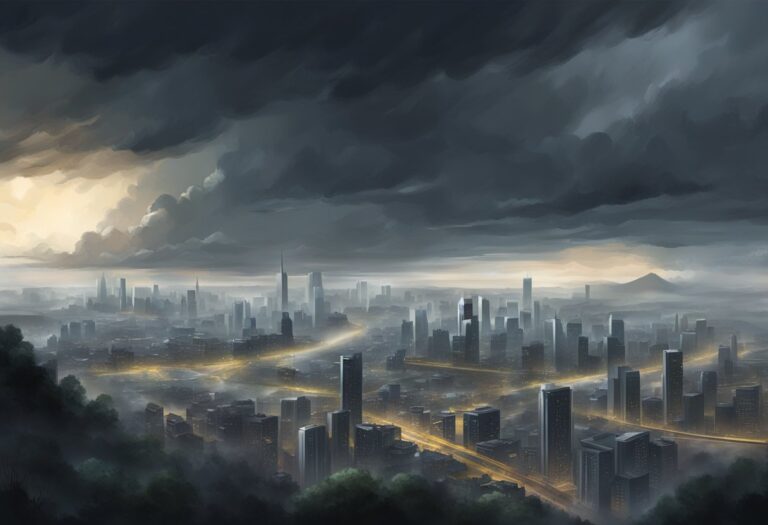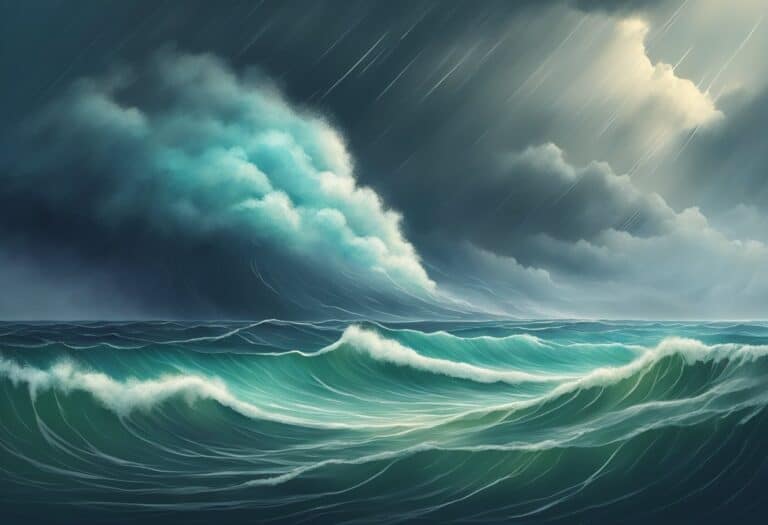Understanding the driest cities in the United States offers insight into unique weather patterns and their implications on daily life and urban planning.
Weather and climate are fundamental elements that shape the natural environment and directly affect your day-to-day experience. In the driest places across the nation, low levels of precipitation create conditions that can challenge both residents and local ecosystems.
The climate in these arid zones is characterized by minimal rainfall and, in some cases, extreme temperatures, which have significant impacts on water resources, agriculture, and policy making. These dry climatic conditions are influenced by geographic factors and can vary widely even within the same state.
Knowing about the driest cities is not just about understanding weather extremes; it is also crucial for planning as these conditions can dictate how cities manage water usage and address citizens’ needs.
Weather conditions like rain, snow, and extreme temperatures can impact Wi-Fi performance by absorbing or scattering signals. To ensure reliable Wi-Fi, consider router placement, upgrade equipment for better range, and implement backup solutions for adverse weather. Regular maintenance and protective measures against elements can also maintain connectivity.
Geographical Analysis
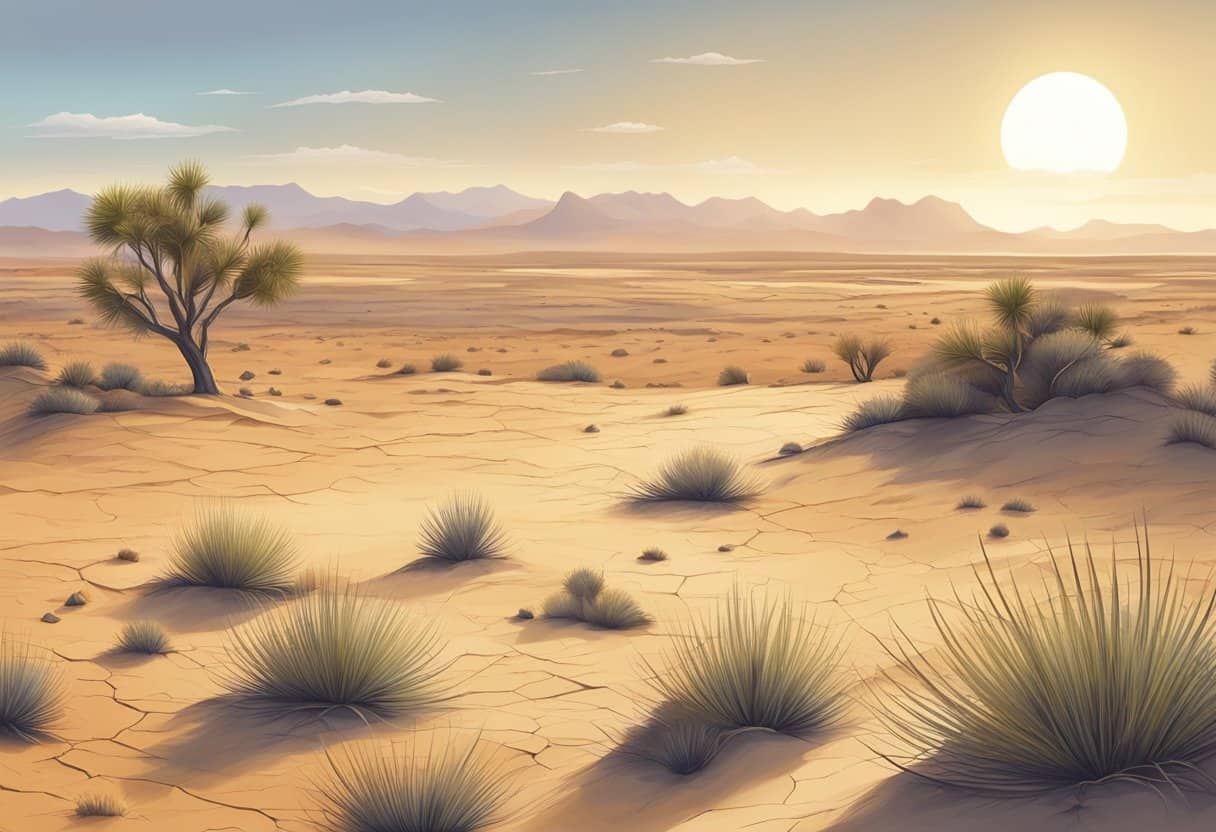
As you explore the driest cities in the United States, it’s essential to understand that regional climate patterns and geographical features significantly contribute to the levels of aridity experienced across different areas.
Western Aridity
In the Western U.S., states like Nevada, Arizona, and parts of Southern California are recognized for their arid climate, largely due to the rain shadow effect caused by major mountain ranges like the Sierra Nevada and the Rockies. Cities within these areas, such as Las Vegas, NV, and Phoenix, AZ, receive minimal rainfall annually. The Colorado River serves as a crucial water source here, but rapidly growing populations and extensive agricultural demands challenge its supplies.
Southwest Deserts
The Desert Southwest encompasses parts of Arizona, New Mexico, and Southern Utah, including cities like Yuma, AZ, considered one of the driest and sunniest places. El Paso and Albuquerque are others that experience extreme dryness, thanks to their location within large desert zones like the Sonoran and Chihuahuan. However, urban areas such as Bakersfield, CA, demonstrate that significant agricultural production can still thrive under these conditions.
Southeastern Variability
Contrastingly, the Southeast displays more variability. While cities like Yakima and Eastern Washington lean towards dryness, Florida and the Gulf Coast, including Texas and Louisiana, encounter higher humidity and rainfall. Even within states like Texas, you’ll find stark contrasts; El Paso is markedly drier than cities like Houston. West Coast cities, especially in Oregon (OR) and Washington State (WA), although not as arid as the Interior West, can still experience pockets of significant dryness because of their own microclimates.
Climatic Data and Records
When you’re examining the driest US cities, it’s crucial to consider the climatic data and records that provide insight into these areas. Temperature and precipitation data are foundational in understanding the extremes; the National Weather Service (NWS) and NOAA are key sources for this information.
Annual rainfall is a telling metric. It fluctuates, yet specific patterns emerge over time. For instance, in assessing the driest year on record for a given city, one would notice significant precipitation deficits when compared to average levels. Conversely, the wettest year highlights periods of precipitation surpluses.
Here’s a snapshot of what you might find:
- Record Dry: Identifying the lowest rainfall in a year.
- Record Warm: Highlighting years with exceptionally high average temperatures.
- Anomalies: Instances where weather data deviate markedly from long-term averages.
| Indicator | Description |
|---|---|
| Record Cold | Coldest temperature recorded, often linked with unusual weather patterns. |
| Departure from Average Temperatures | The degree to which temperatures deviate from the historical average. |
| Wetter Than Average Year | A year with precipitation levels exceeding the region’s average. |
The Southeast Regional Climate Center and similar bodies regularly report these findings, granting you reliable and actionable data. Their reports include extreme weather cities, not just recounting single events but clarifying trends over time.
In your quest for understanding, rely on temperature and precipitation data alongside reports from trustworthy agencies. Extreme weather records—whether dry, warm, or cold—paint a broader picture of climate trends in these arid regions. Remember, anomalies can signify broader climatic shifts or isolated events, necessitating a closer look at long-term patterns for an informed perspective.
Impact on Urban Life
In the driest cities of the United States, such as Las Vegas, Phoenix, and Tucson, urban life is distinctively shaped by the arid climate. Your experience as a resident or visitor is influenced by water scarcity, specific urban planning policies, and environmental considerations.
Effects on Population Growth
Las Vegas and Phoenix are examples of cities with rapid population growth despite their dry climates. Data shows that these cities have expanded significantly in recent years. For instance, the enticing job prospects and lifestyle in Las Vegas have attracted a steady influx of new residents. Conversely, such growth can put a strain on limited water resources and infrastructure.
- Tucson and San Diego also continue to grow, though water availability remains a critical factor in determining their sustainable population levels.
Urban Planning and Water Management
Cities like Phoenix, Riverside, and Sacramento have developed extensive urban planning initiatives to manage water use efficiently. Strategies include:
- Water conservation techniques
- Xeriscaping practices in public and private spaces
- Zoning laws focused on reducing water consumption
San Jose and San Francisco demonstrate innovative water management systems, ensuring that urban residents have access to the vital resource while striving to protect nearby rivers and watersheds.
Environmental and Safety Considerations
Your air quality and local environment are deeply impacted by the dryness of your city. Cities such as Key West, situated in dryer climates, may face unique environmental challenges, including:
- Increased risk of wildfires, prompting cities like Riverside to adopt rigorous safety measures to protect residents and property.
- Drier conditions can lead to poorer air quality due to dust and pollutants, affecting cities like Tucson and Phoenix.
- The scarcity of water impacts agriculture and can lead to tensions over water rights and allocations.
Additional Insights
When exploring dry climates, you’d likely focus on arid regions far from the equator. Yet, it’s worth noting that dry conditions aren’t solely determined by lack of rain; they often result from a complex interplay between geography and atmospheric conditions.
Cities like Las Vegas are renowned for their minimal precipitation, making them some of the driest in the US. Beneath the surface, science is key in understanding these patterns. From studies led by institutions like IBM and The Weather Company, we can discern that breaking weather news often highlights extreme cases rather than everyday climate.
Interestingly, cities that typically make headlines for their warmth, such as areas in Hawaii and South Florida, wouldn’t appear on a list of driest places despite being warm. Their proximity to water bodies contributes to higher humidity and rainfall. Meanwhile, a city like New Orleans is known for being record-wet rather than dry, despite sharing similar latitudes with drier areas.
Your ability to predict and respond to weather patterns in these cities can greatly benefit from the insights offered by advanced analytics, especially in the realm of agriculture and urban planning. These insights arm you with the tools needed to navigate the stark climate differences within the US effectively.
- Las Vegas: Synonymous with dryness, little annual rainfall
- Hawaii/South Florida: Warm but not dry, high humidity levels
- New Orleans: Noted for record wet conditions, high rainfall
Remember that the driest cities aren’t necessarily the hottest, and climate intricacies require your attention to more than just temperature data.
Frequently Asked Questions
When you’re exploring the driest locations in the United States, certain questions often come to mind. This section aims to provide concise and accurate answers to some of the most commonly asked queries regarding the aridity of US cities.
What city in the US experiences the fewest days of precipitation annually?
Yuma, Arizona stands out as the city with the fewest rainfall days, averaging less than 10 inches of rain annually and boasting over 300 days of sunshine each year.
Which city has the lowest average annual rainfall in the United States?
Las Vegas, Nevada has one of the lowest average annual rainfall amounts at about 4.2 inches, making it one of the driest major cities in the United States.
What are the characteristics of a dry climate in US cities?
Cities with a dry climate in the US typically feature low humidity, scarce annual rainfall, often below 20 inches, and a high evaporation rate which can lead to arid conditions.
How do the driest cities in the US compare to those in the rest of the world?
Many of the driest cities in the US, such as Phoenix and Albuquerque, are drier than a large portion of major global cities, but still receive more annual rainfall than the driest places on earth like the Atacama Desert.
Which US state is known for having the driest cities?
Nevada is the state known for having the driest cities, with areas like Reno and Las Vegas consistently ranking high on lists measuring low annual precipitation levels.
Are there any cities on the East Coast of the US that are considered dry?
While East Coast cities tend to have higher humidity and rainfall, there are relatively drier cities such as Hartford, Connecticut, which receives about half the rainfall of cities like New York City or Miami.

